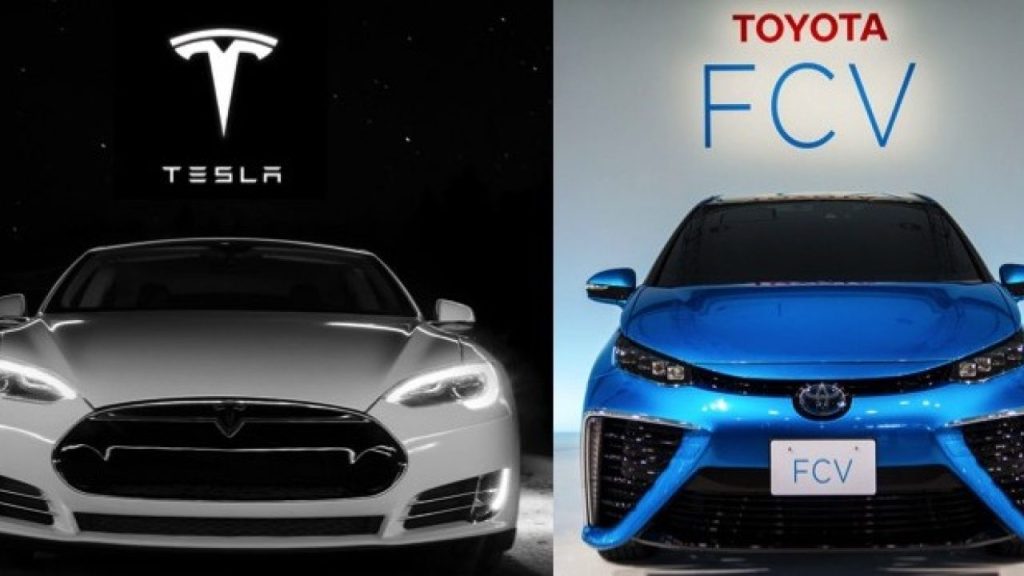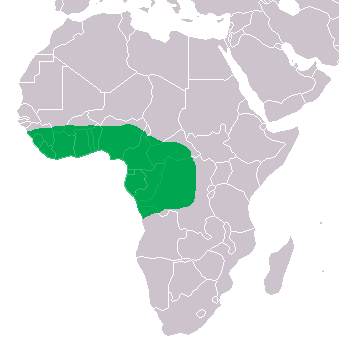So Hertz is downsizing its electric car fleet, just a few years after buying them. Should this put off electric car buyers? Well, I would argue no, and I suspect that Hertz will live to regret this day.
So have Hertz abandoned electric cars? Nope, it is true that in the current climate, they have scaled back their electric buying car program from 100,000 cars to just 50,000 cars, but this is still a significant number.
Given that in the USA they own around 500,000 cars (elsewhere it is mostly franchise so they do not own the cars) suggesting that at the current time, Hertz will have around 10% of its fleet as electric.
What has prompted this? Well, largely a higher cost of repair cost.
The problem for Hertz is simple. They get paid a rate, to rent the car, they save nothing by it being electric, on the other hand, the renter, might save plenty of money, as refueling can be far cheaper (though admittedly, with currently high electric prices on this side of the Atlantic, public chargers are often just as expensive as petrol.
So, no, this does not (as business insider suggests) mean the end of the electric car. In fact, given that they are selling around 20,000 electric cars, it is quite likely that it will boost the number of electric cars in public hands.
It is true, that some fixes are far more than they should be (we have found that) but it is also clear that overall, electric car owners save money. Whether this will accelerate the change or slow it down, time will tell. It is often the case that once experienced few want to go back to a fossil fuel car, so renting them is useful. Unfortunately, given the price, Hertz treated them as premium, which meant this had less affect than might otherwise have been the case.
I think they will come to regret this, the world is going electric, and the transition is accelerating around the world. It seems likely that they will have to reverse this change within a decade.




















